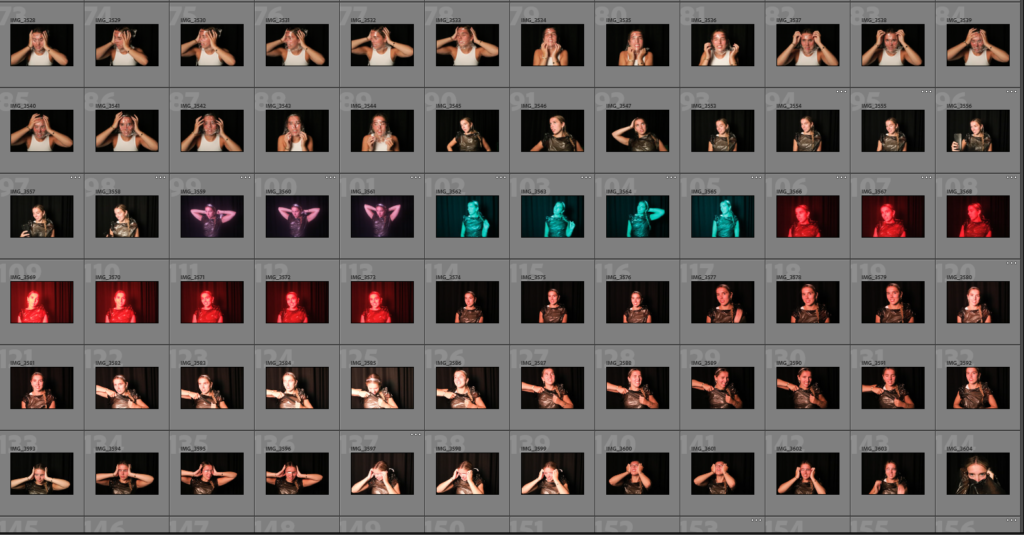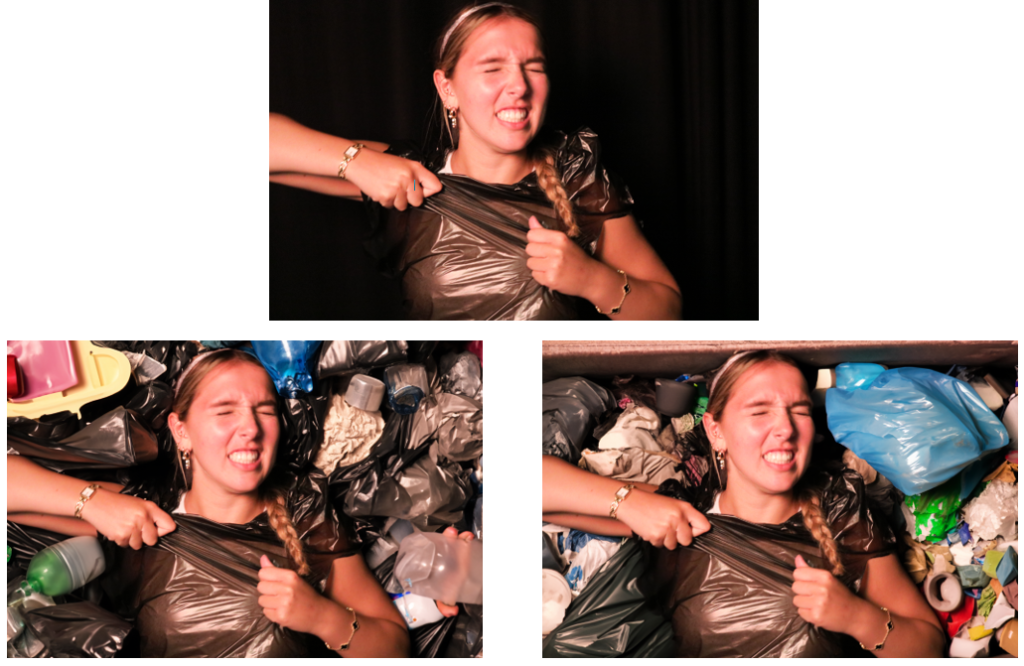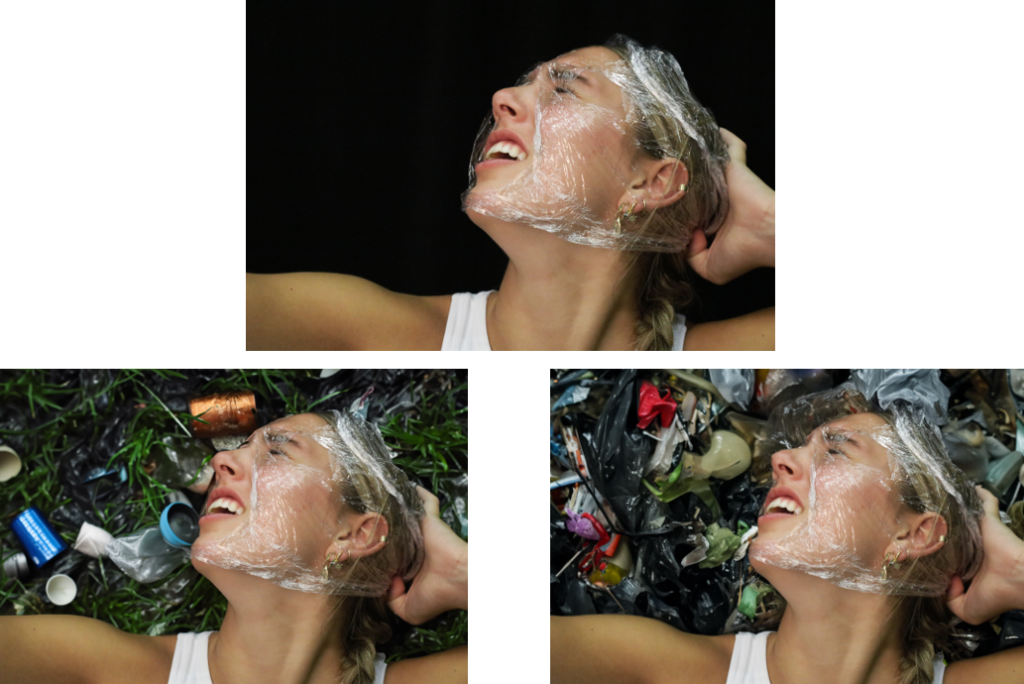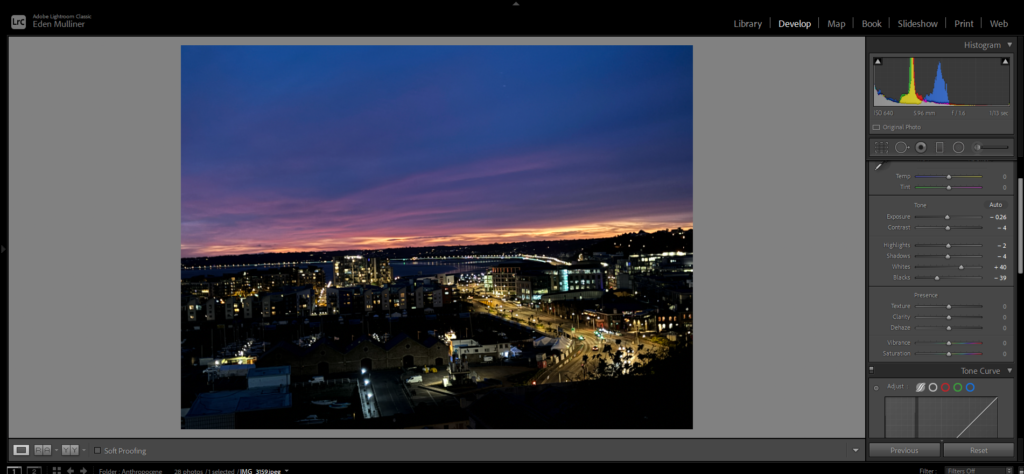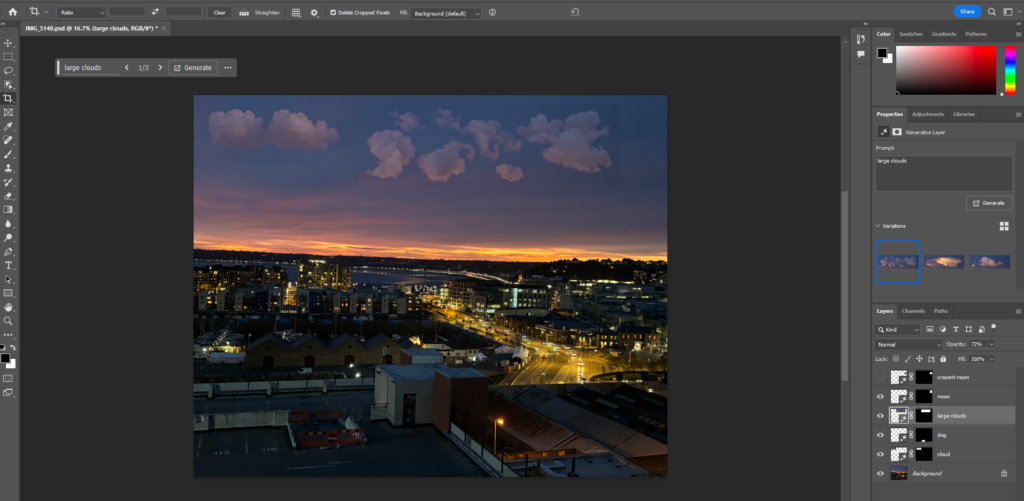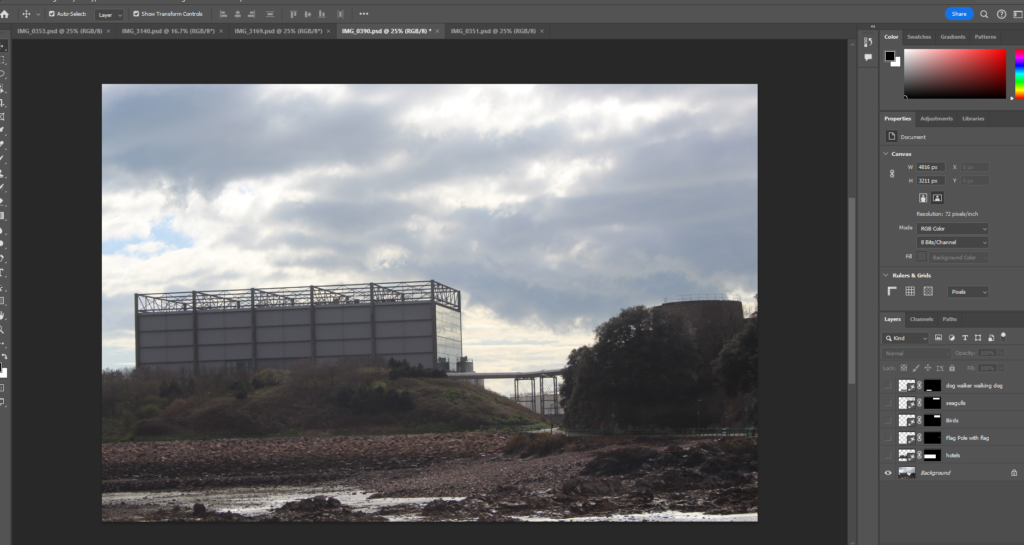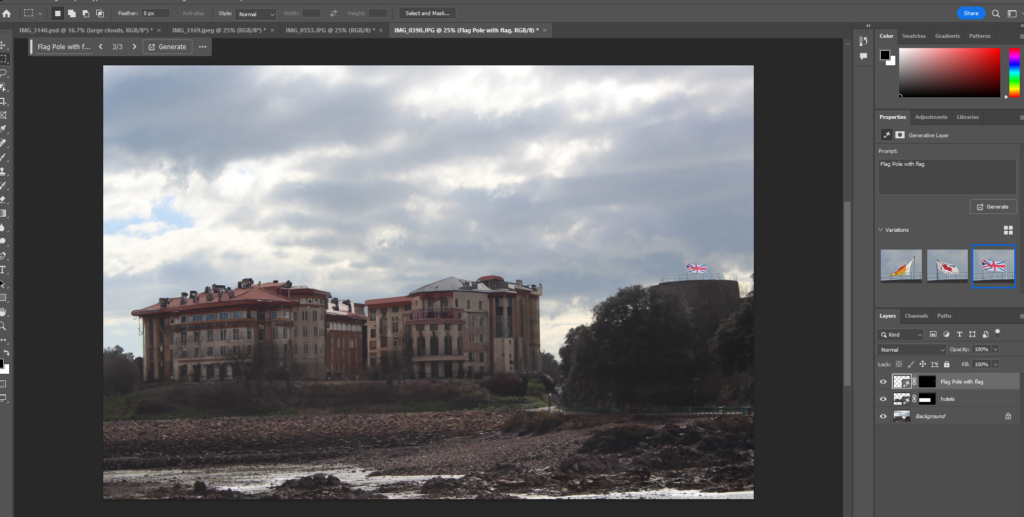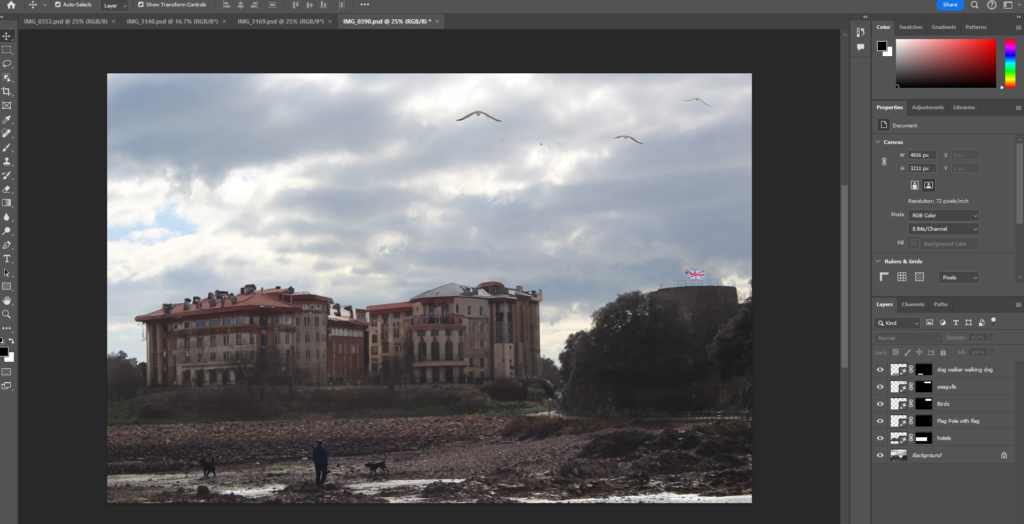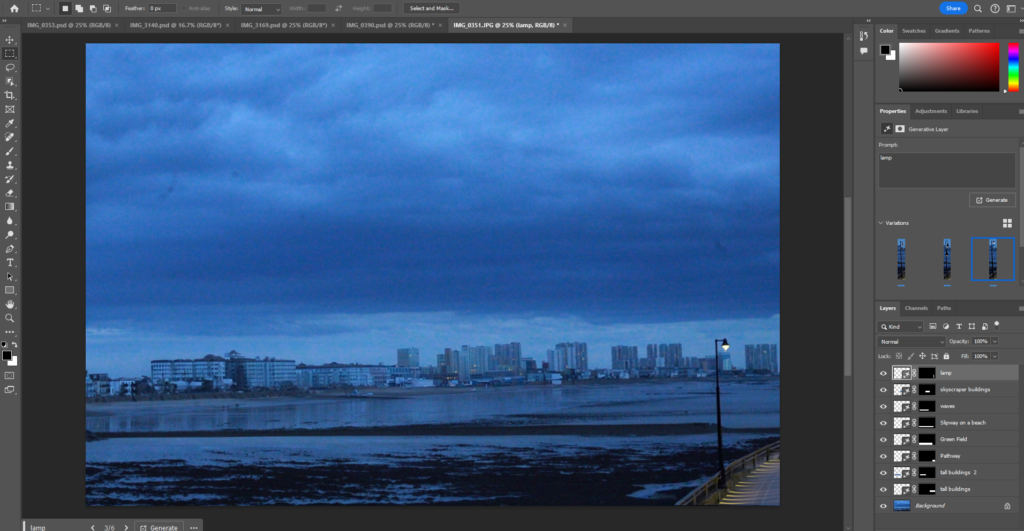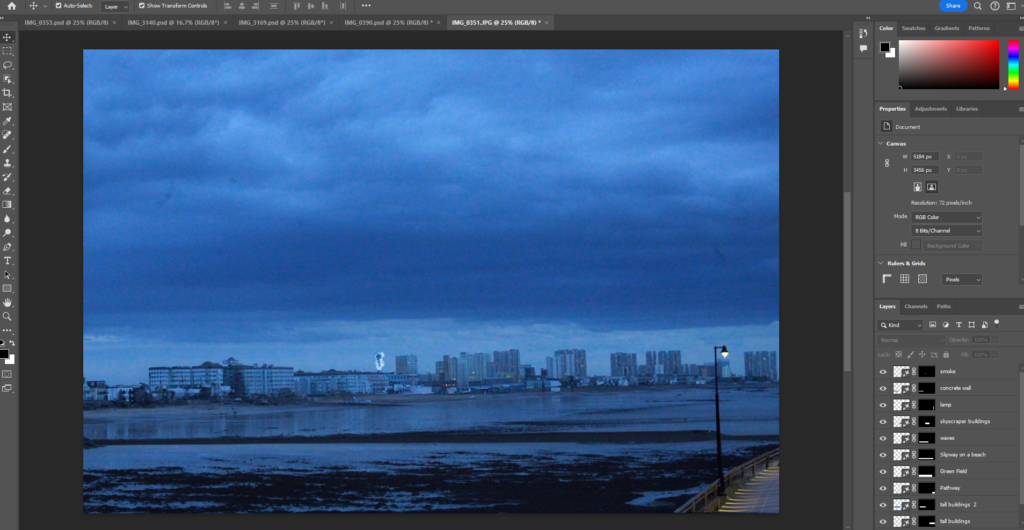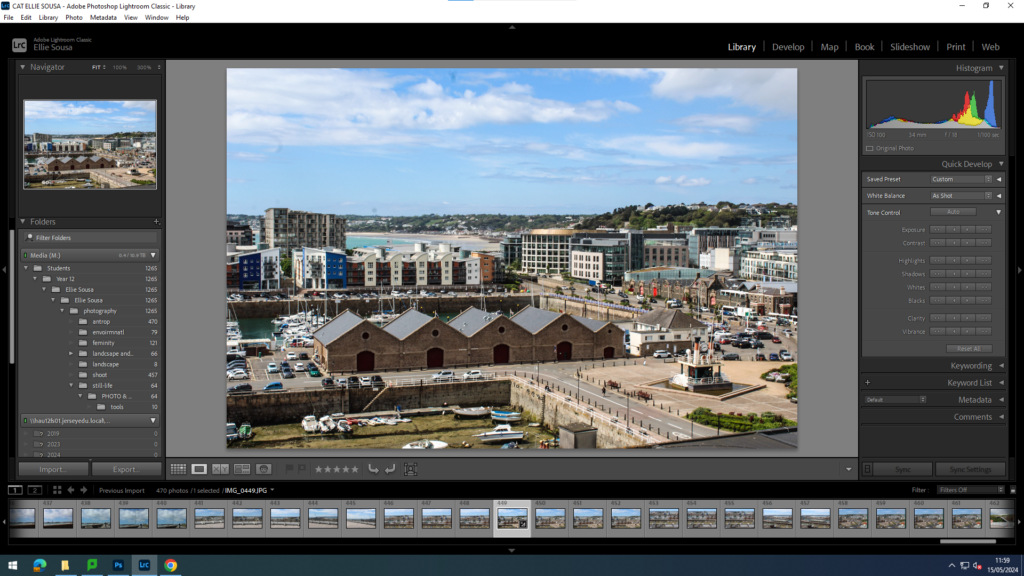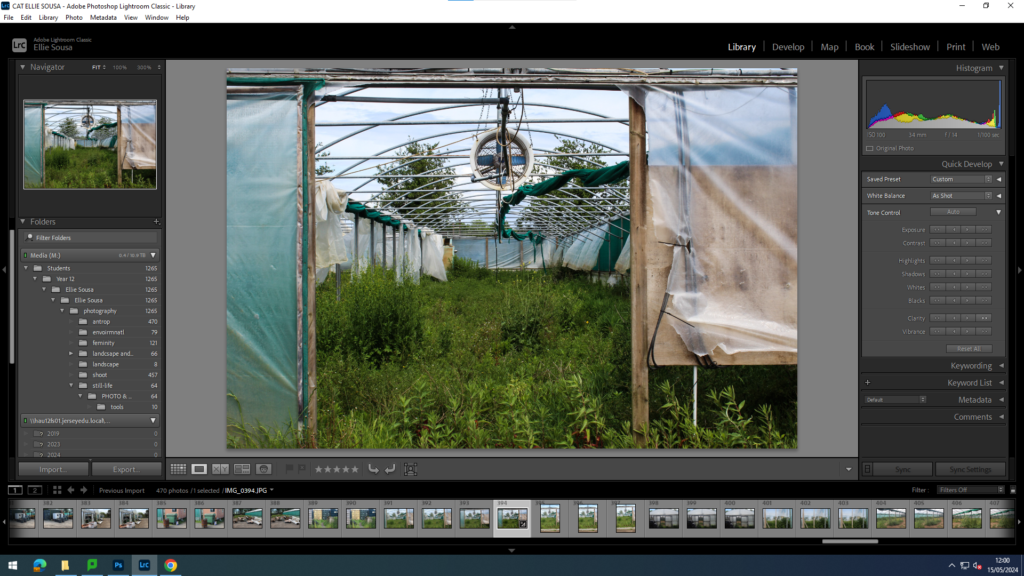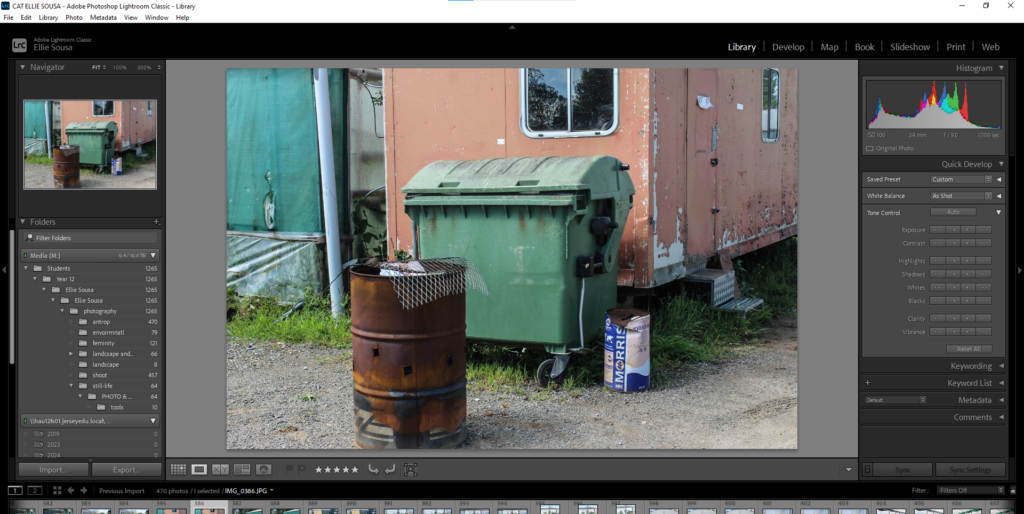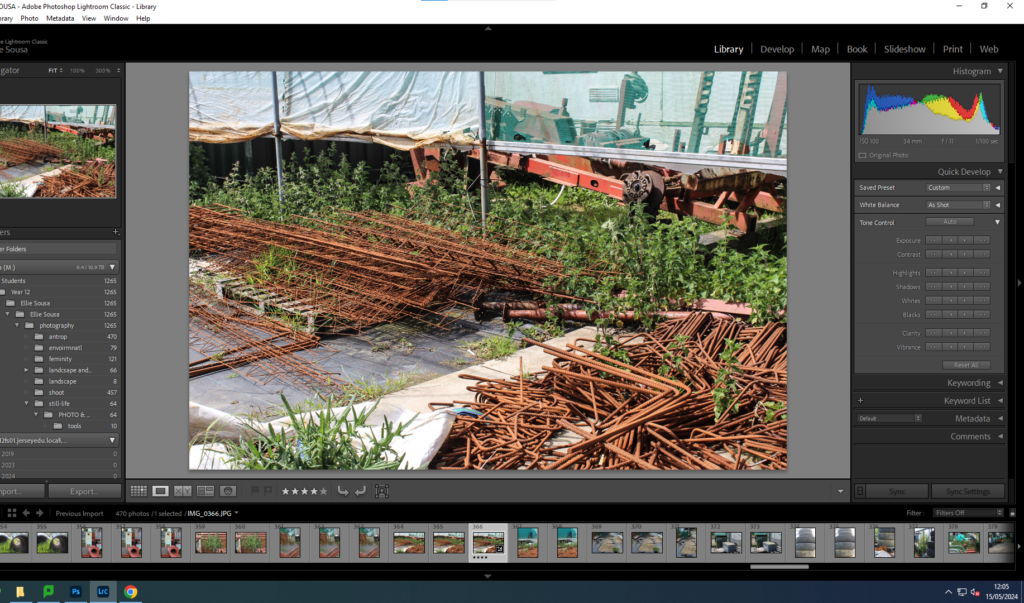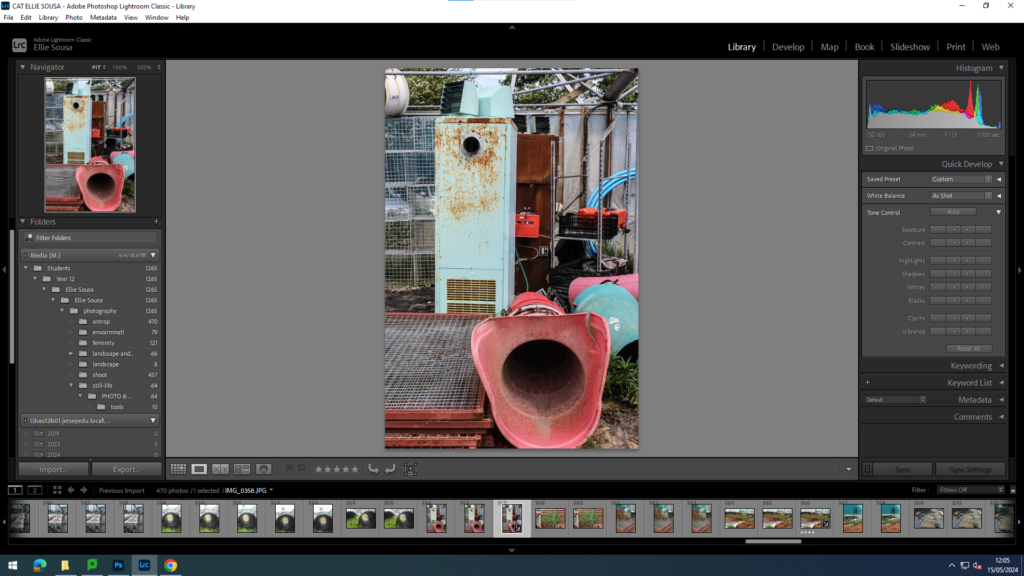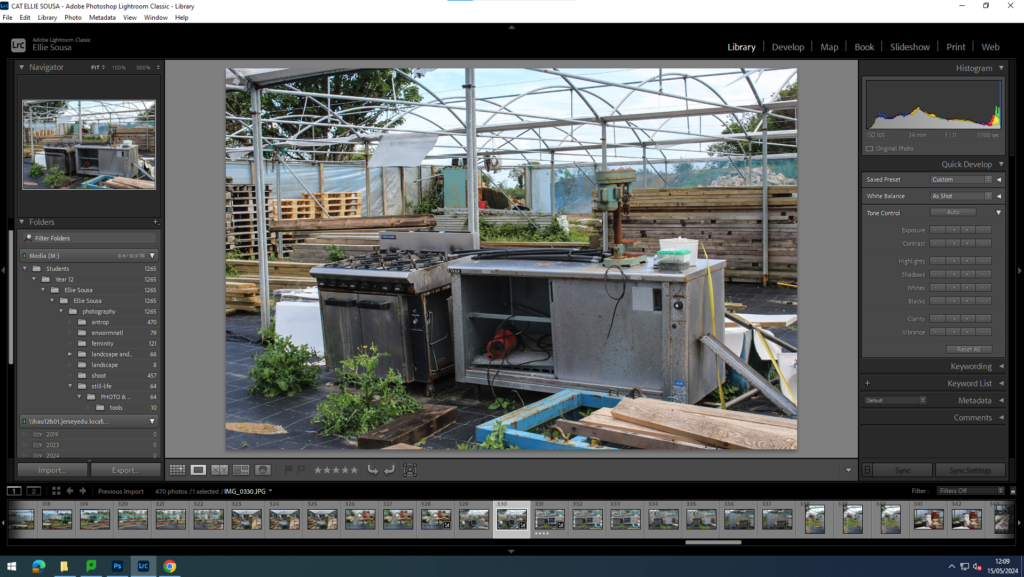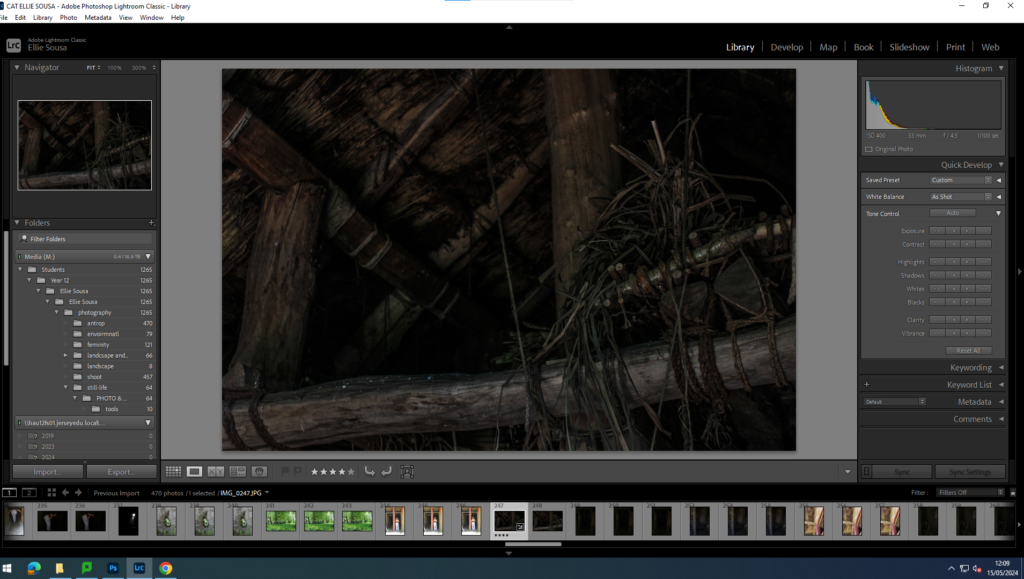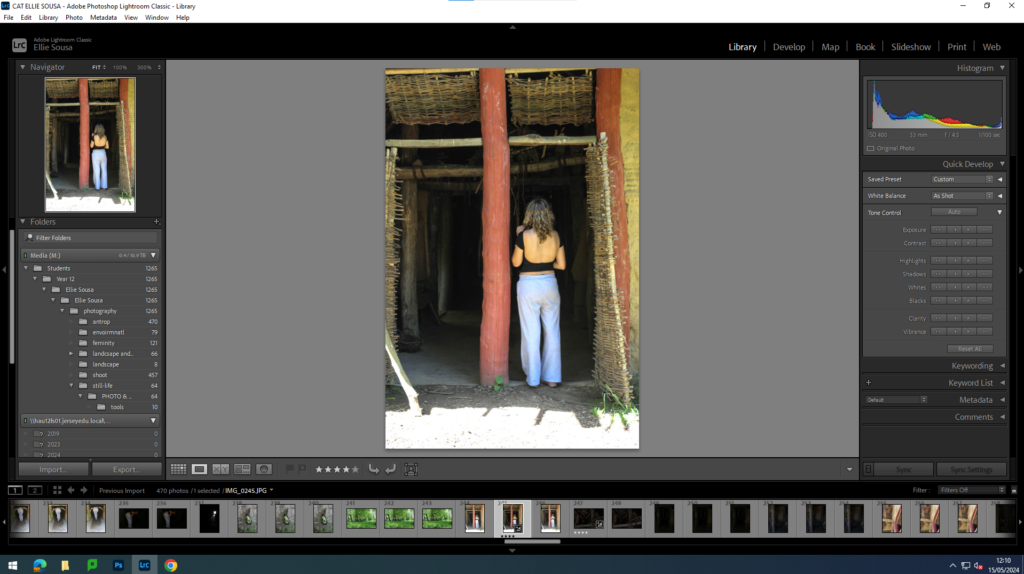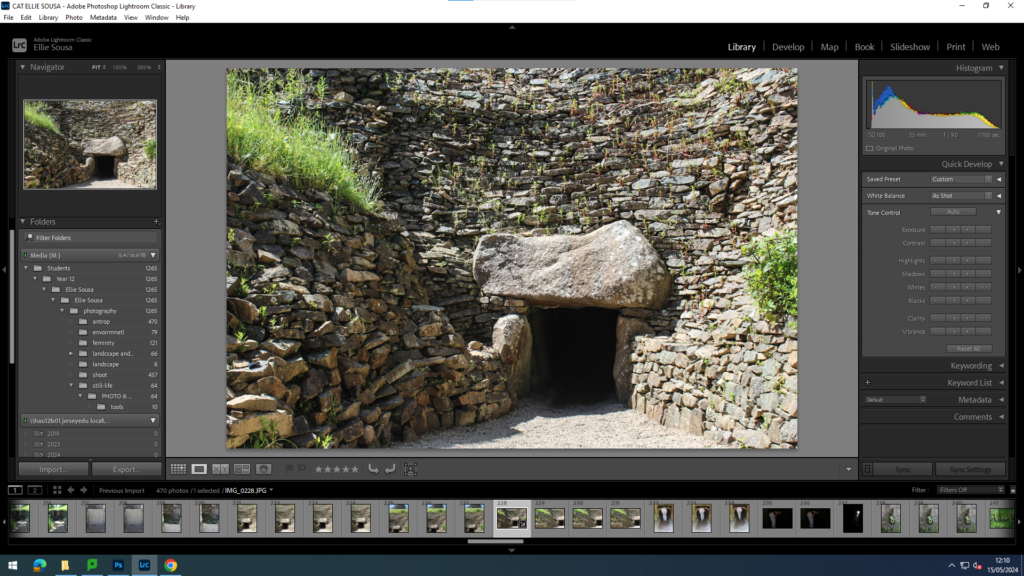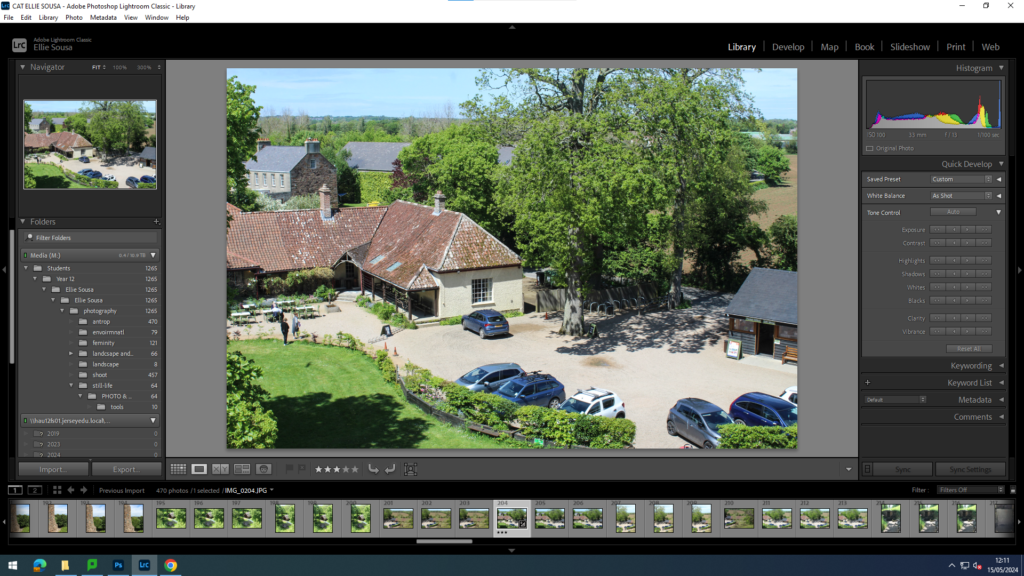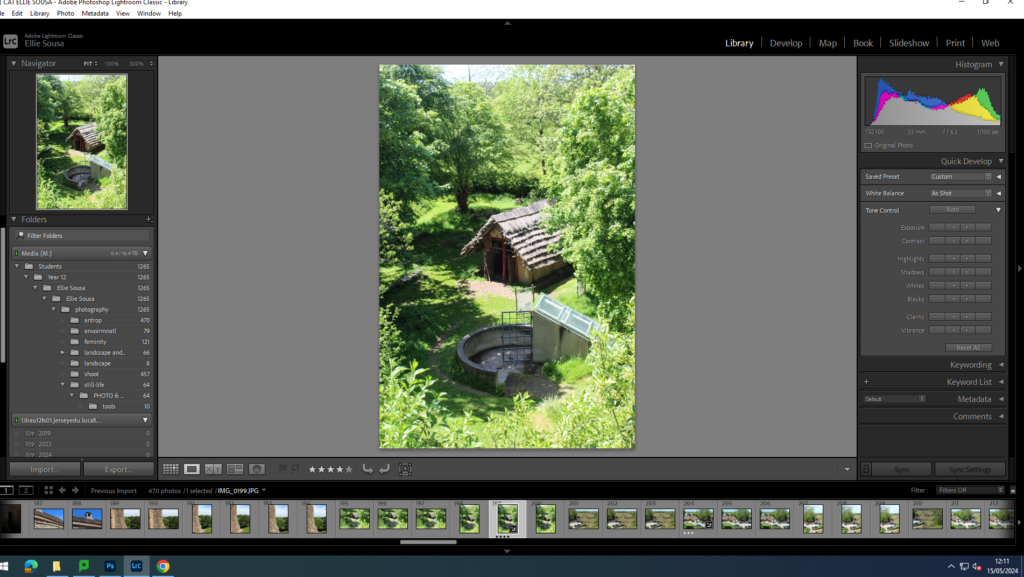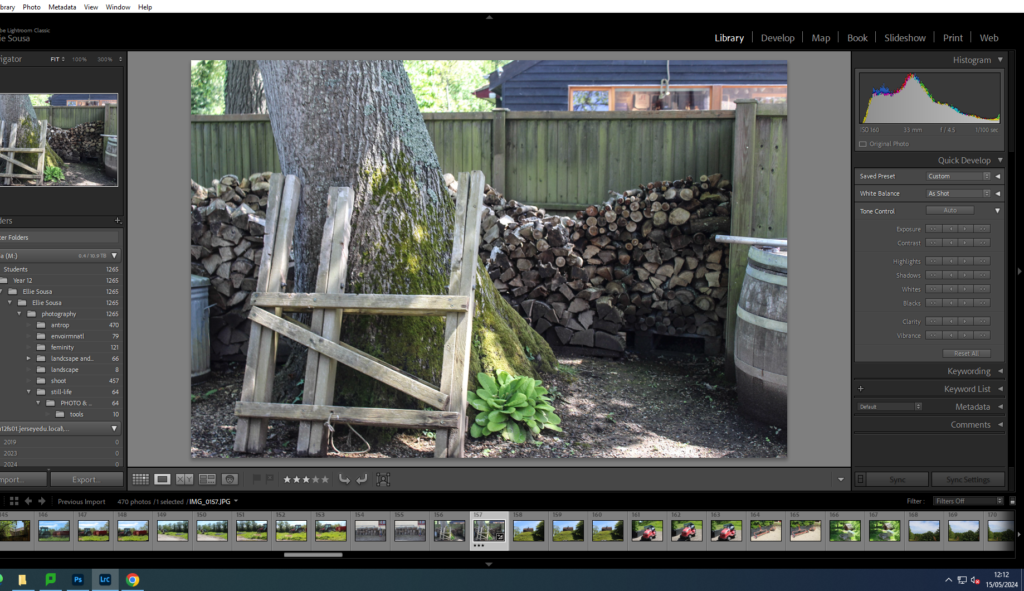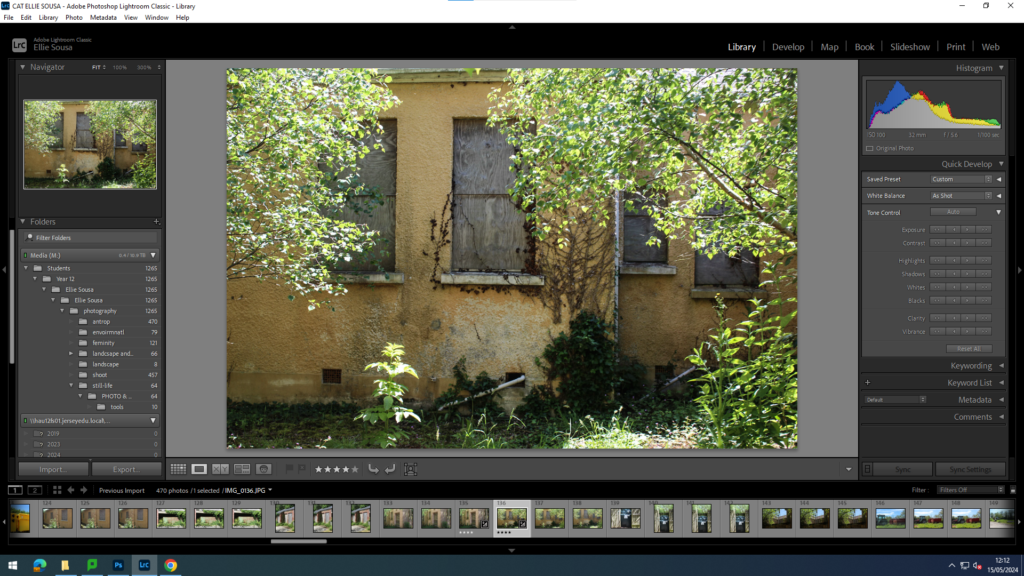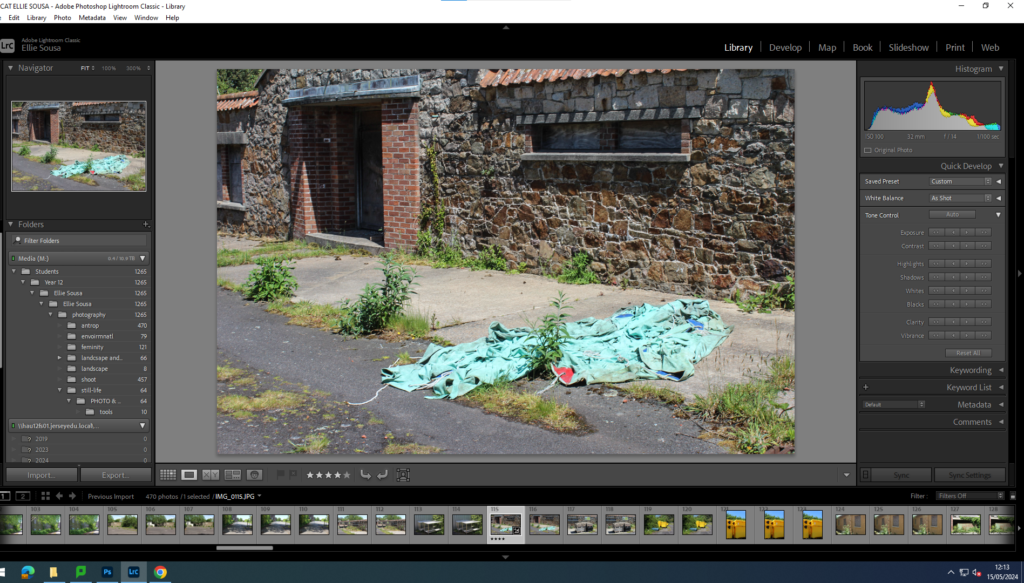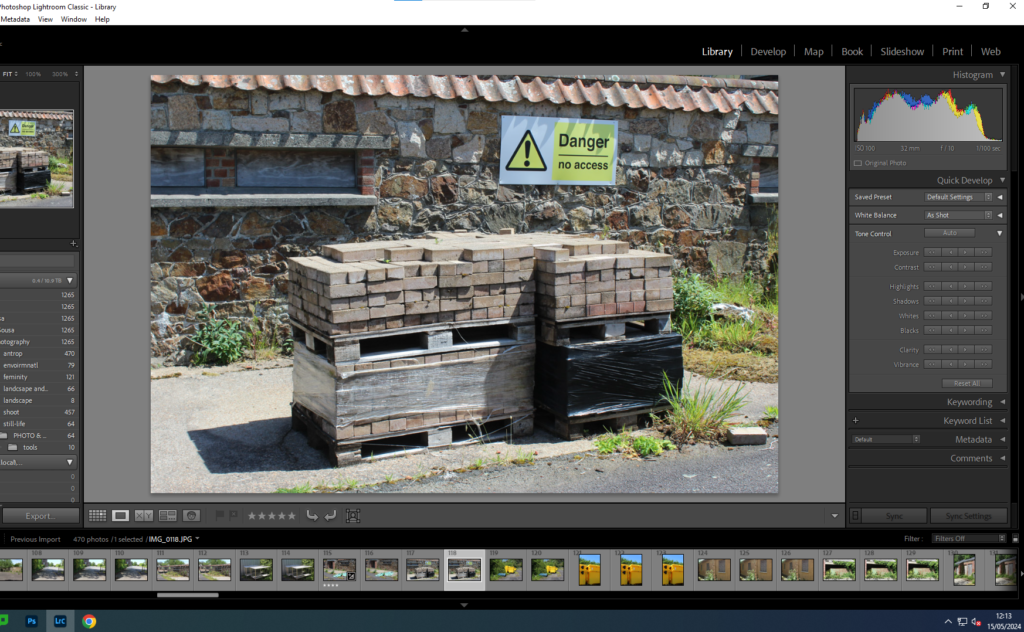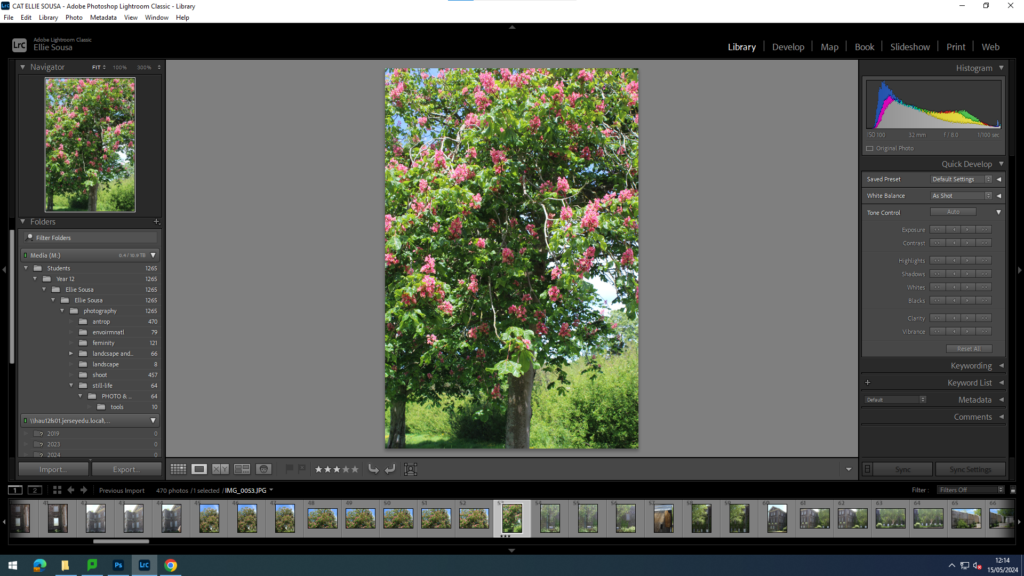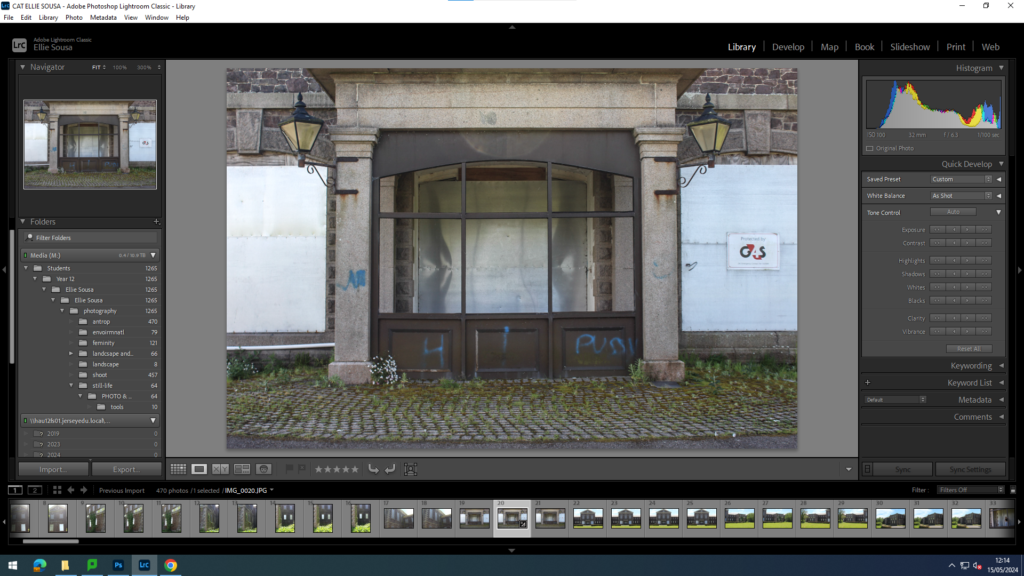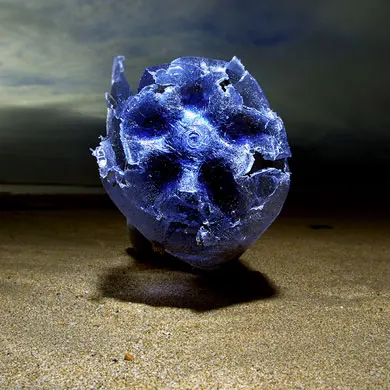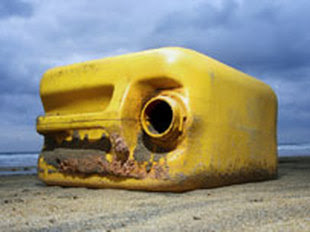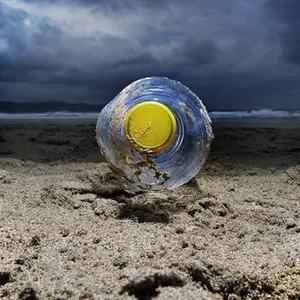Examples of Guy Catling’s Work
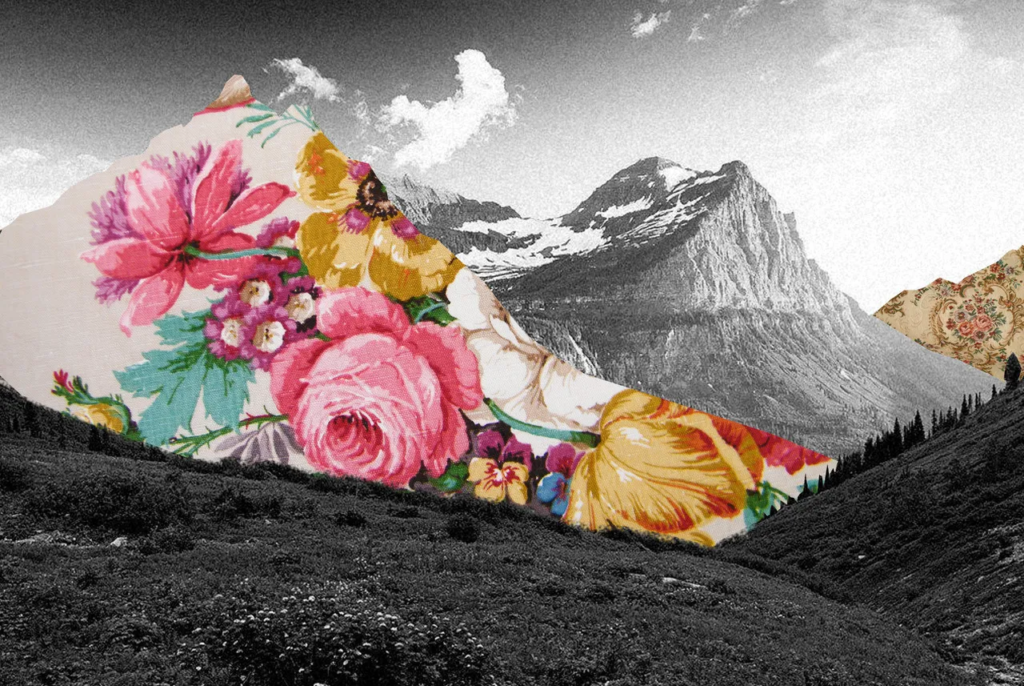
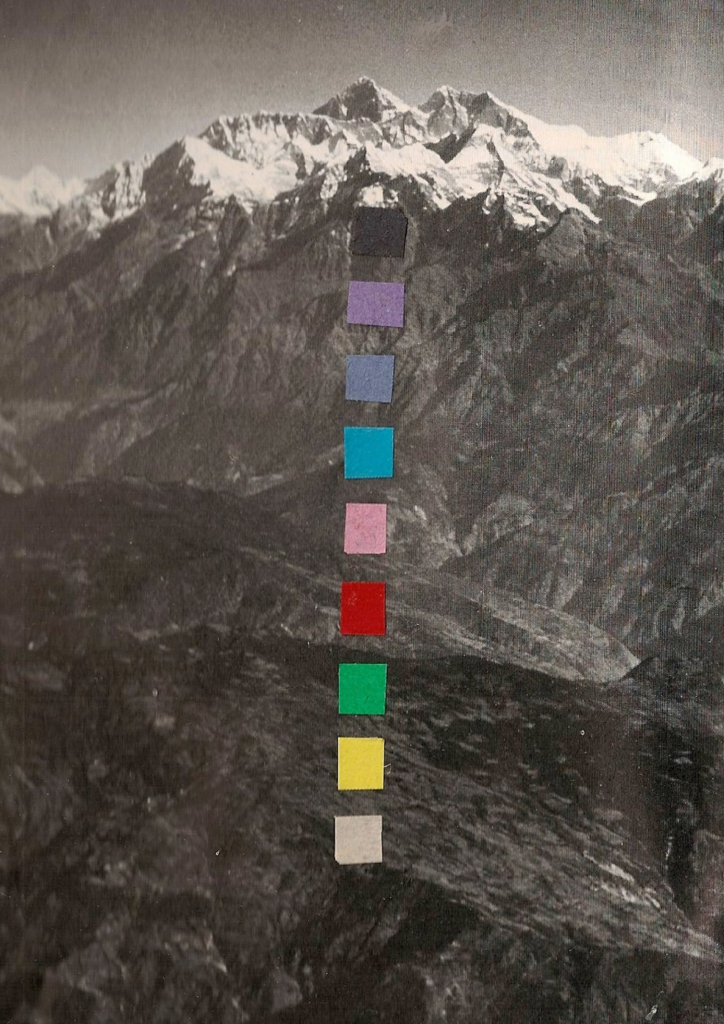
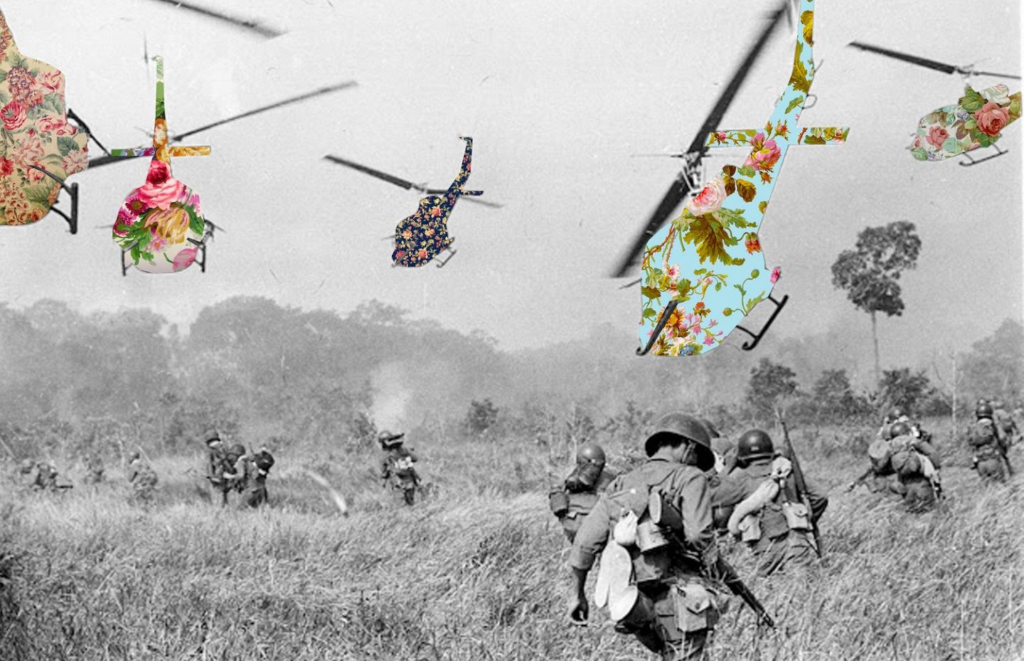

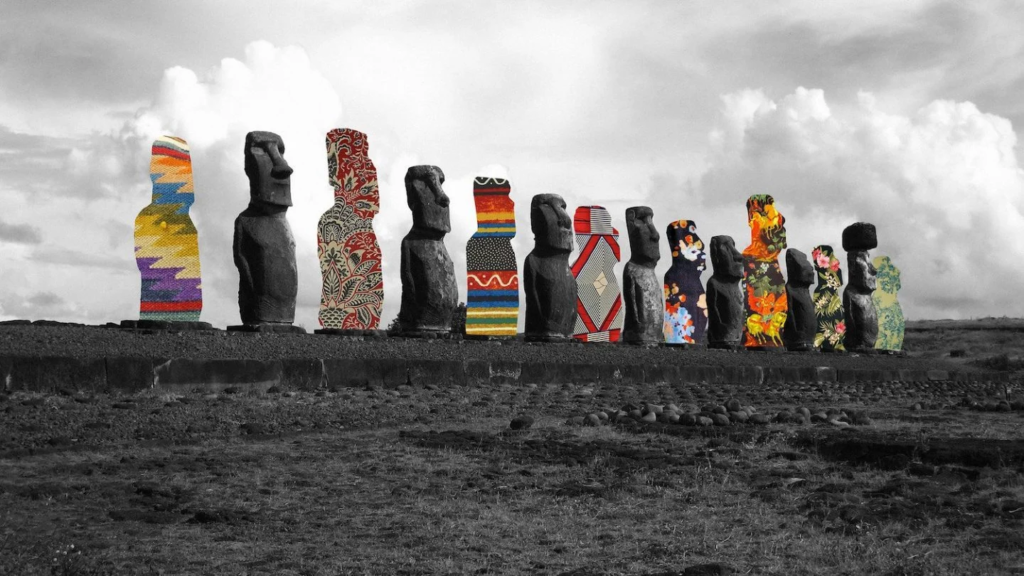
Guy Catling
Guy Catling is a modern designer/photographer who works with a mixture of photos, often old war photos. His style is unique and comes from a unique inspiration source. He graduated as a graphic designer in 2014 in the UK continuing to go into a career in graphic design; he often also calls himself an artist for much of the work he does is considered art rather than photography as such. He is best know for his works of adding patterns and colour onto old war photos but he continues to use collage as a main medium, although unlike the classic sense of cutting and sticking magazines together he tends to use photoshop and inspiration drawn from graveyards. Believing collage can ‘create beautiful visual contrasts and can also give old material new life.’ has led Catling down many paths of sharing his work and ideas quickly leading to inspiring many other creators out there, from photographers to artists.
Why does Catling work in this style?
Catling uses patterned fabrics to collage onto black and white photographs. Consequently, adding these vibrant textures softens their dull moods and raises them to a more uplifting tone. The same way flowers add happiness, colour and love to a field full of grief that is grave yards.
Photo Analysis

He is best known for the floral work that he has done, which was inspired by him visiting a graveyard and experiencing the juxtaposition between life and death. After this, Catling responded by adding patterned fabrics over the top of dull images to give them a new lease of life. Catling focuses on giving photographs an entire new feeling. By using collage and graphic design, Catling creates bright contrasting compositions that have been inspired from what surrounds him. The photo above is a great example of Catling’s style, using photos shop to add sharp lines and colourful patterns completely contrasting the softer, older photos. This gives old photos a new lease of life creating stark contrast between. This photo splits into sections of dark, high contrast foreground, colourful, bright mountain in the middle and softer, brown toned background with the patterned area reflecting this being a brown rather than a bright colour. I love how the photo has been broken up and made into something completely new, merging new technology of photoshop with ancient landscape and collaging as a technique which is between the two on a timeline, pulling all the elements of the photo together while keeping the photo relevant to modern time. However through this Catling hasn’t taken away from the stunning completely natural landscape. Catling’s style as reflected in the photo above shows the beauty and vastness of nature but also how easily we, as humans, can alter it.

